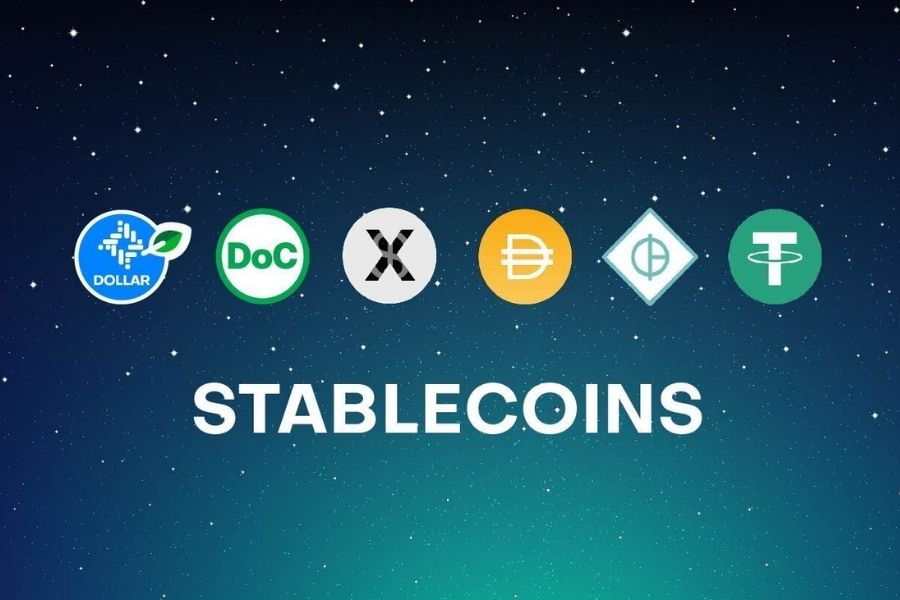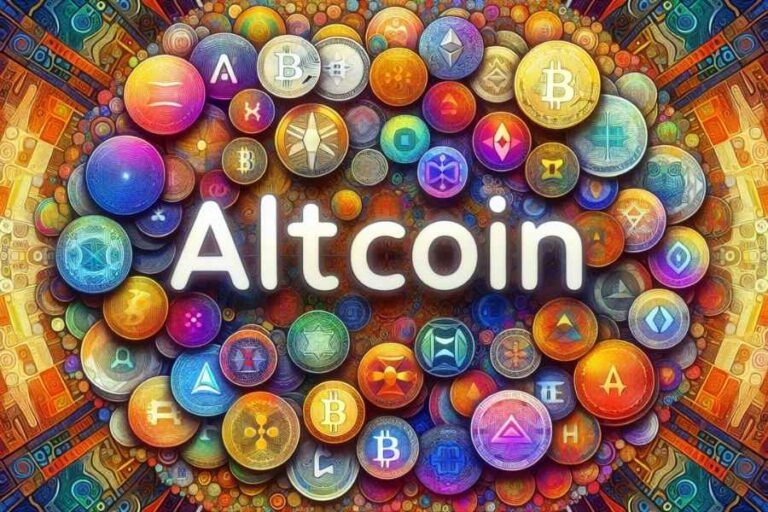
Stablecoins are digital money. Like Bitcoin or Ethereum, their price goes up and down, but it stays stable. They are used to buy, sell, and save money. One of the reasons people become fans of stable coins is that they are safe. They are also used for payments by businesses. Stablecoins have some risks. New rules are being made for them by governments. Not all can have value if not well handled.
In This Blog
What are Stablecoins?
Digital money that do not change is the definition of stable coins. Bitcoin and Ethereum are digital money. But their prices do not remain the same. They are sometimes up and sometimes down. Other digital currencies do change in value. The prices move as people buy and sell them. Stablecoins stay the same. They set their prices in real money, like dollars or other valuable items.
People have begun to save their money in stable coins. They buy and sell money as well. This is because the same amount goes when you send the money to someone else. Many businesses might pick stablecoins for payments. Their prices aren’t manipulated. Like other digital coins, they go up and down.
Popular Types of Stablecoins
Stablecoins are digital money that keep the same price. There are different types based on how they stay stable.
Some stable coins use other cryptocurrencies as backup. Some people back them with real money, like the US dollar. Others get their value from things like gold or silver.
Some stable coins do not use backup money. They use computer programs to set their prices. These programs change the number of coins in the market to keep the price steady.
Crypto-Collateralized Stablecoins
Crypto-backed stablecoins use digital money to keep prices stable. People save their cryptocurrency as a backup. This helps the stablecoin keep its value without one group in charge.
DAI is one example. People can borrow DAI by using their crypto as a deposit. Smart contracts manage DAI and change its supply when market prices move. This helps stop big price jumps or drops, keeping the value steady.
Commodity-Backed Stablecoins
Commodity-backed stable coins are digital money. They keep their value because they are supported by these assets.
Gold and silver help to keep them stable. Their prices do not change much, like other digital coins.
People use them because they mix digital money with real worth. They are trusted because they support it. They help protect money from losing worth. They also make buying and selling fast and easy.
Fiat-Collateralized Stablecoins
Fiat-backed stablecoins are cryptocurrencies. Like the US dollar or euro. For each stable coin created, the same amount of real money is kept in a bank. This keeps the price the same.
These stable coins are safe and easy to trust. People can check the money stored through reports.
Tether (USDT) and USD Coin (USDC) are stable coins backed by fiat currency. They help connect digital money with real money.
Many investors and traders prefer them. Unlike Bitcoin and other cryptocurrencies. Their price remains stable.
Algorithmic Stablecoins
Algorithmic stablecoins do not have real money. They use computer programs to control their price.
When the price goes up, more coins are made to bring it down. When the price drops, some coins are removed to raise it again.
This system helps keep the price steady in changing markets. But if the program does not work well, the coin can lose value fast.
Many investors are careful with these stable coins. Because they depend only on blockchain technology.
Key Features And Benefits of Stablecoins
Stablecoins are a type of digital currency. They maintain a stable price. They stay stable because they are tied to real money. Like dollars or valuable things like gold.
They do not change in value like Bitcoin or other digital coins. This makes them safer for buying, selling, and saving money.
Many people use stable coins to send money fast and with low fees. Businesses also like them for easy payments.
Because of their steady price. Stablec oins are a safe option for people who want to trade or invest without big risks.
1. Price Stability
Stablecoins are digital money that keep a steady price. They are linked to real money like the US dollar or valuable things like gold. This makes them easy to use because their price does not change. Like other cryptocurrencies, which change very fast.
2. Faster and Cheaper Transactions
Stablecoins make sending money fast and cheap. They help people pay or send money without high bank fees. For local and international payments. They are working very well.
3. Easy Access to the Crypto Market
Stablecoins help people use digital money. Like without big price changes. They make it easy to buy, sell, and trade safely. People can keep their money in stable coins. Without worrying about losing their money’s worth.
4. Liquidity and Flexibility
Stablecoins make it easy to move money in the crypto market. Their steady price lets people buy, sell, and move money fast. Many people use them in digital finance for safe and easy trading.
5. Transparency and Auditing
Many stable coins are backed by real money, like dollars. They are checked often to make sure they have enough money to stay stable. This helps people trust them and feel safe using them.
The Role of Stablecoins in Crypto Volatility
Stable coins help keep crypto prices steady. They do not change because they are linked to real money or gold. People use them to buy, sell, and trade easily.
When crypto prices go down. People move their money into stable coins to keep it safe. This helps them stay in the market without losing money.
Are Stablecoins a Safe Haven for Crypto Investors?
Stable coins keep money safe when crypto prices go up and down. Their value stays the same because they are tied to real money or gold. You can use them when other cryptocurrencies drop in value.
But stable coins are not always risk-free. Rules and problems with their backup money can make them unsafe. Be aware of these risks before using stable coins.
Risks and Challenges of Stablecoins
Stablecoins try to keep prices steady, but they still have risks. Governments are making new rules for them, which can change how people use them.
Some stable coins depend on backup money to stay stable. If this backup loses value, the stable coin may not work well.
People also worry about transparency. They want to know if stable coins really have enough backup money. Stable coins may seem safe, but they carry risks.
The Future of Stable Coins: Trends and Predictions
Stable coins will become more popular. People and businesses will see their benefits. They keep prices the same, so they are good for buying, selling, and saving money.
Governments are creating rules to protect stable coins. This can help more people trust and use them.
New ways to use stable coins in digital money may grow. These changes can make stable coins more helpful. They can also attract more people to crypto.
Final Thought
Stable coins play a key role in digital currency. They help connect regular money with cryptocurrency. They keep prices steady and make buying and selling easier. Many people use them, from investors to everyday users.
But stable coins also have risks. People need to learn about them before using them.
Stable coins will grow as new ideas and rules make them better. More people will start using them. Stable coins are unique digital currencies. They are designed to maintain a stable value.
Final Tip: Always stay informed, manage risks wisely, and make calculated investment decisions to maximize your success in the world of crypto30x.io!
Disclaimer: Please note that CRYPTO30X.IO does not take responsibility for any losses from trades.






